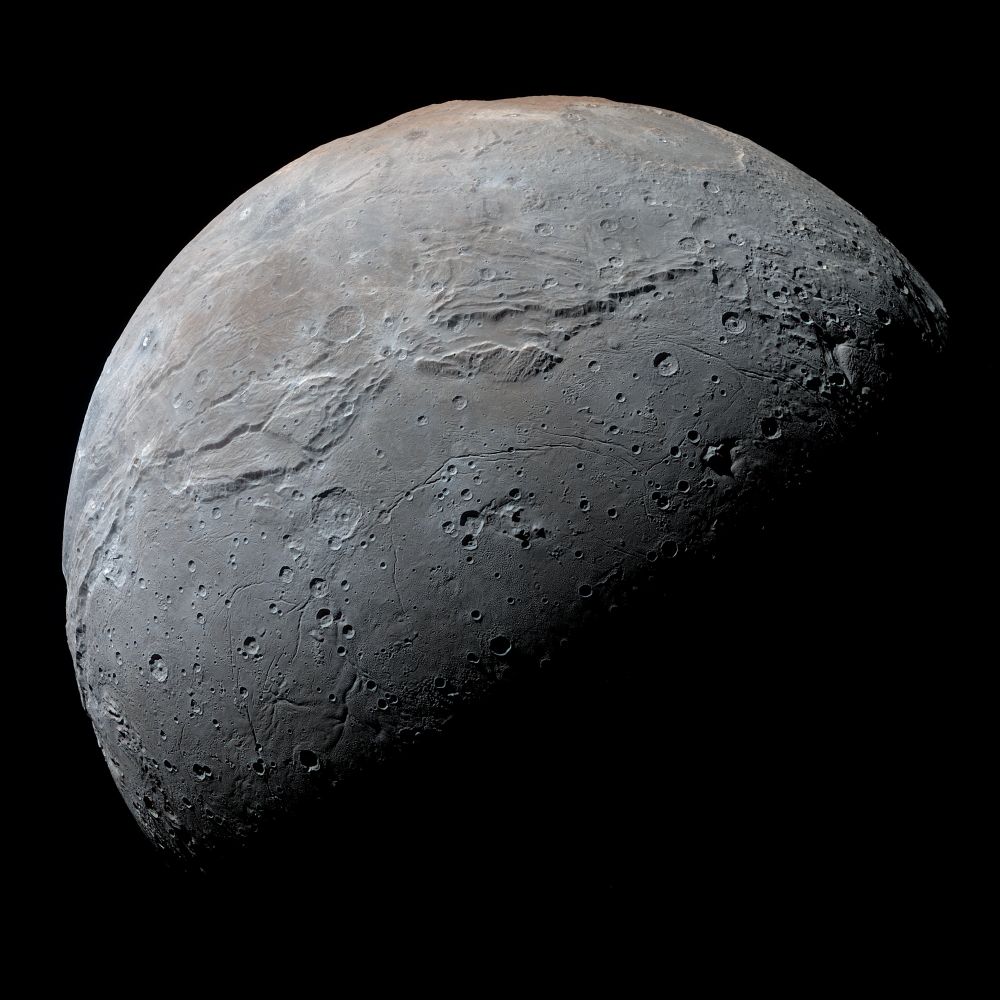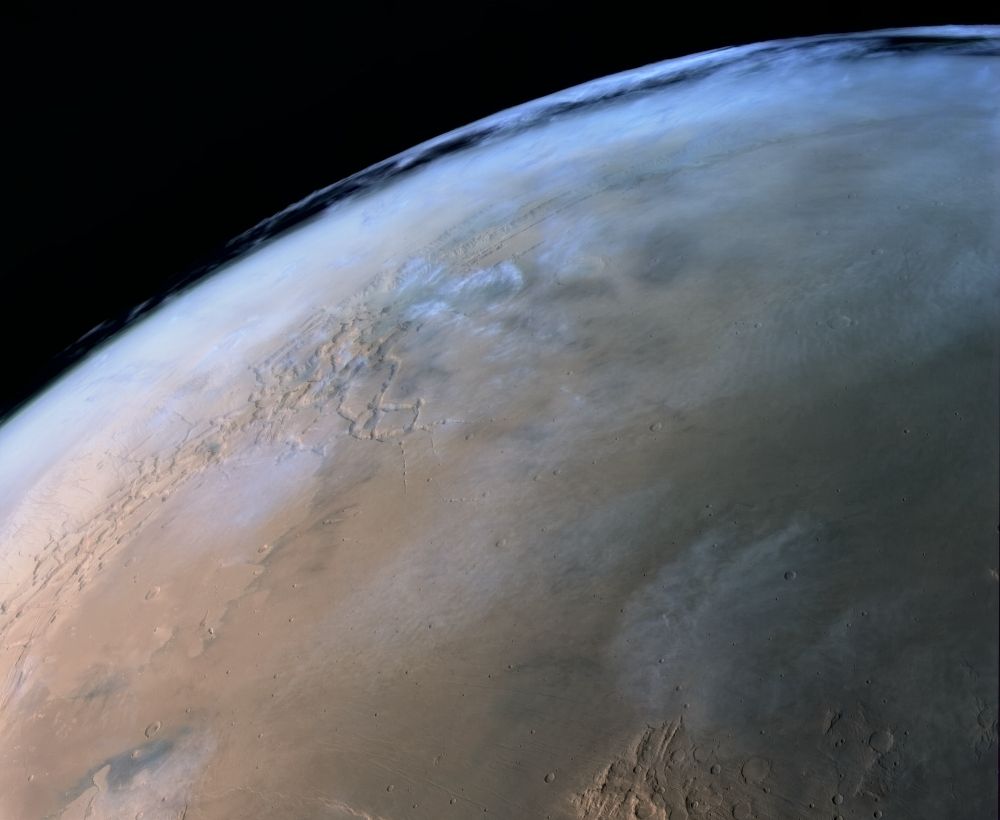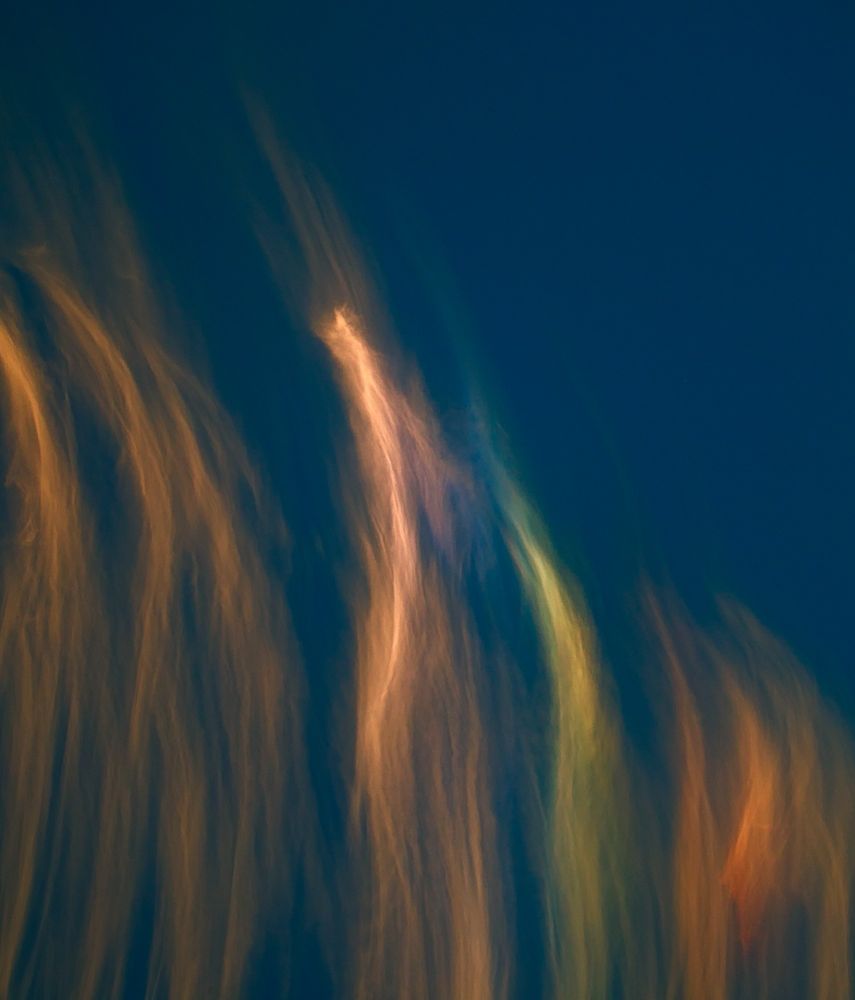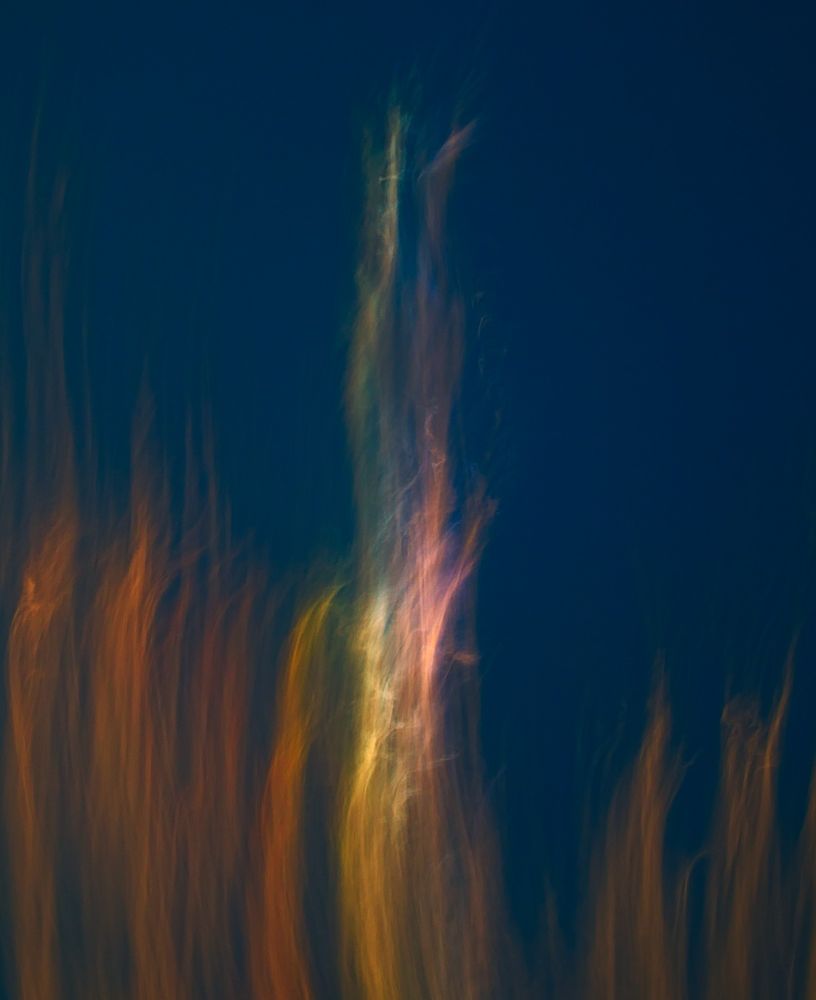
Lazy photographer,
Humanist
And it worked!
Even the tail is faintly visible.
It looks like typical comet even with small equipment - Olympus E-M1II with 75-300 mm lens and Minitrack LX2 tracker.

And it worked!
Even the tail is faintly visible.
It looks like typical comet even with small equipment - Olympus E-M1II with 75-300 mm lens and Minitrack LX2 tracker.
Left image:
Date: 2025/01/28.
Time: 23:08:17 (UTC).
Right image:
Date: 2025/03/02.
Time: 16:04:45 (UTC).
Credit: NASA/Caltech-JPL/SwRI/D. Machacek.


Left image:
Date: 2025/01/28.
Time: 23:08:17 (UTC).
Right image:
Date: 2025/03/02.
Time: 16:04:45 (UTC).
Credit: NASA/Caltech-JPL/SwRI/D. Machacek.


Full resolution image version (~322Mpix) is available on Flickr www.flickr.com/photos/10958...
PDF version (~73MB) is available here: drive.google.com/file/d/1EW-x...
🧵 1/5

Full resolution image version (~322Mpix) is available on Flickr www.flickr.com/photos/10958...
PDF version (~73MB) is available here: drive.google.com/file/d/1EW-x...
🧵 1/5




The dates and times of the images and some details are in the ALT text.




The dates and times of the images and some details are in the ALT text.
These are minimaps which supplement the main map and contain less information - the main map is much larger and contains all the official and unofficial names.




These are minimaps which supplement the main map and contain less information - the main map is much larger and contains all the official and unofficial names.
It looks like illuminated fuel from a rocket's second stage.
I took these photos from Silesia in the Czech Republic.


It looks like illuminated fuel from a rocket's second stage.
I took these photos from Silesia in the Czech Republic.
This is best (half)global image of Charon obtained by MVIC camera. It combines hi-res B/W image with color images at lower resolution.
Credits: NASA/JHUAPL/SwRI/D. Macháček.

This is best (half)global image of Charon obtained by MVIC camera. It combines hi-res B/W image with color images at lower resolution.
Credits: NASA/JHUAPL/SwRI/D. Macháček.
This is a small crop from the HQ516 image sequence taken by the HRSC camera aboard ESA's Mars Express spacecraft on January 3, 2025.
Credit: ESA/DLR/FU Berlin (G. Neukum)/D. Machacek.

This is a small crop from the HQ516 image sequence taken by the HRSC camera aboard ESA's Mars Express spacecraft on January 3, 2025.
Credit: ESA/DLR/FU Berlin (G. Neukum)/D. Machacek.
Images have been enhanced to better show different colors.
Most colorful areas are part of circumzenithal arc - halo effect caused by refraction of sunlight through ice crystals and some colors are probably also part of irisation caused by diffraction.


Images have been enhanced to better show different colors.
Most colorful areas are part of circumzenithal arc - halo effect caused by refraction of sunlight through ice crystals and some colors are probably also part of irisation caused by diffraction.
Downscaled (3×) montage of selected images taken between 24 and 29 August 2024 and full-res image, taken on 26 August at 6:50 UTC, showing south polar ice cap, Argyre Planitia and Valles Marineris (south is up).


Downscaled (3×) montage of selected images taken between 24 and 29 August 2024 and full-res image, taken on 26 August at 6:50 UTC, showing south polar ice cap, Argyre Planitia and Valles Marineris (south is up).
Anaglyph is made from images taken by Long-Range Reconnaissance Imager (L’LORRI) on board spacecraft Lucy on April 20, 2025.
Original images and more info about Lucy's flyby of Donaldjohanson here:
science.nasa.gov/image-articl...

Anaglyph is made from images taken by Long-Range Reconnaissance Imager (L’LORRI) on board spacecraft Lucy on April 20, 2025.
Original images and more info about Lucy's flyby of Donaldjohanson here:
science.nasa.gov/image-articl...
Date: 2024/07/16.
Time: 14:27:20 (UTC).
Credit: NASA/Caltech-JPL/SwRI/D. Machacek.

Date: 2024/07/16.
Time: 14:27:20 (UTC).
Credit: NASA/Caltech-JPL/SwRI/D. Machacek.


This surface feature is located in the equatorial part of Vesta and is is formed by three craters (from the largest to the smallest) - Marcia, Calpurnia and Minucia.
Credit: NASA / JPL / MPS / DLR / IDA / D. Machacek.

This surface feature is located in the equatorial part of Vesta and is is formed by three craters (from the largest to the smallest) - Marcia, Calpurnia and Minucia.
Credit: NASA / JPL / MPS / DLR / IDA / D. Machacek.
Credit:
NASA/JPL-Caltech/SwRI/MSSS/ASI/INAF/JIRAM/D. Machacek.

Credit:
NASA/JPL-Caltech/SwRI/MSSS/ASI/INAF/JIRAM/D. Machacek.
live.staticflickr.com/7317/1110098...

live.staticflickr.com/7317/1110098...
(with the smiling crater Galle).
This is a reduced crop from larger mosaic (link below) made from images taken by Viking Orbiter 1 on July 24, 1976.
Few images from different angle also allowed 3D anaglyph version.
Credit: NASA/JPL/D. Machacek.


(with the smiling crater Galle).
This is a reduced crop from larger mosaic (link below) made from images taken by Viking Orbiter 1 on July 24, 1976.
Few images from different angle also allowed 3D anaglyph version.
Credit: NASA/JPL/D. Machacek.
Contrast is enhanced to make distant details more visible.

Contrast is enhanced to make distant details more visible.
All of them have 2000×2000 pixels (maximum for Bluesky) and they cover areas 64×64, 16×16, 4×4 and 1×1 km.
Resolution is 32, 8, 2 and 0.5 meters/pixel.
Credit: ESA/NASA/University of Arizona/D. Machacek.




All of them have 2000×2000 pixels (maximum for Bluesky) and they cover areas 64×64, 16×16, 4×4 and 1×1 km.
Resolution is 32, 8, 2 and 0.5 meters/pixel.
Credit: ESA/NASA/University of Arizona/D. Machacek.
This 2000×2000 pixel crop at full resolution of the map is centered on Manatum Tessera in the west part of Aphrodite Terra.

This 2000×2000 pixel crop at full resolution of the map is centered on Manatum Tessera in the west part of Aphrodite Terra.



